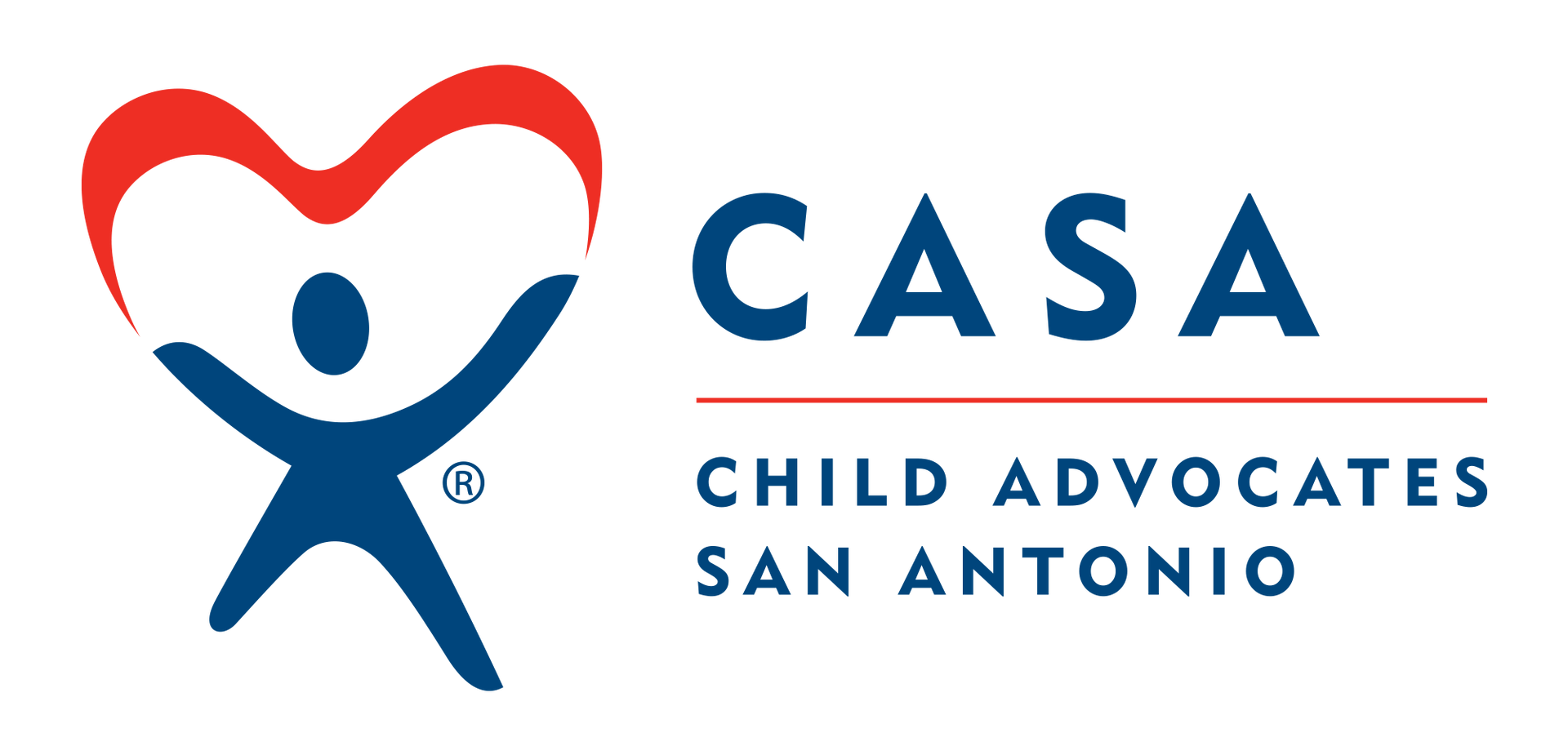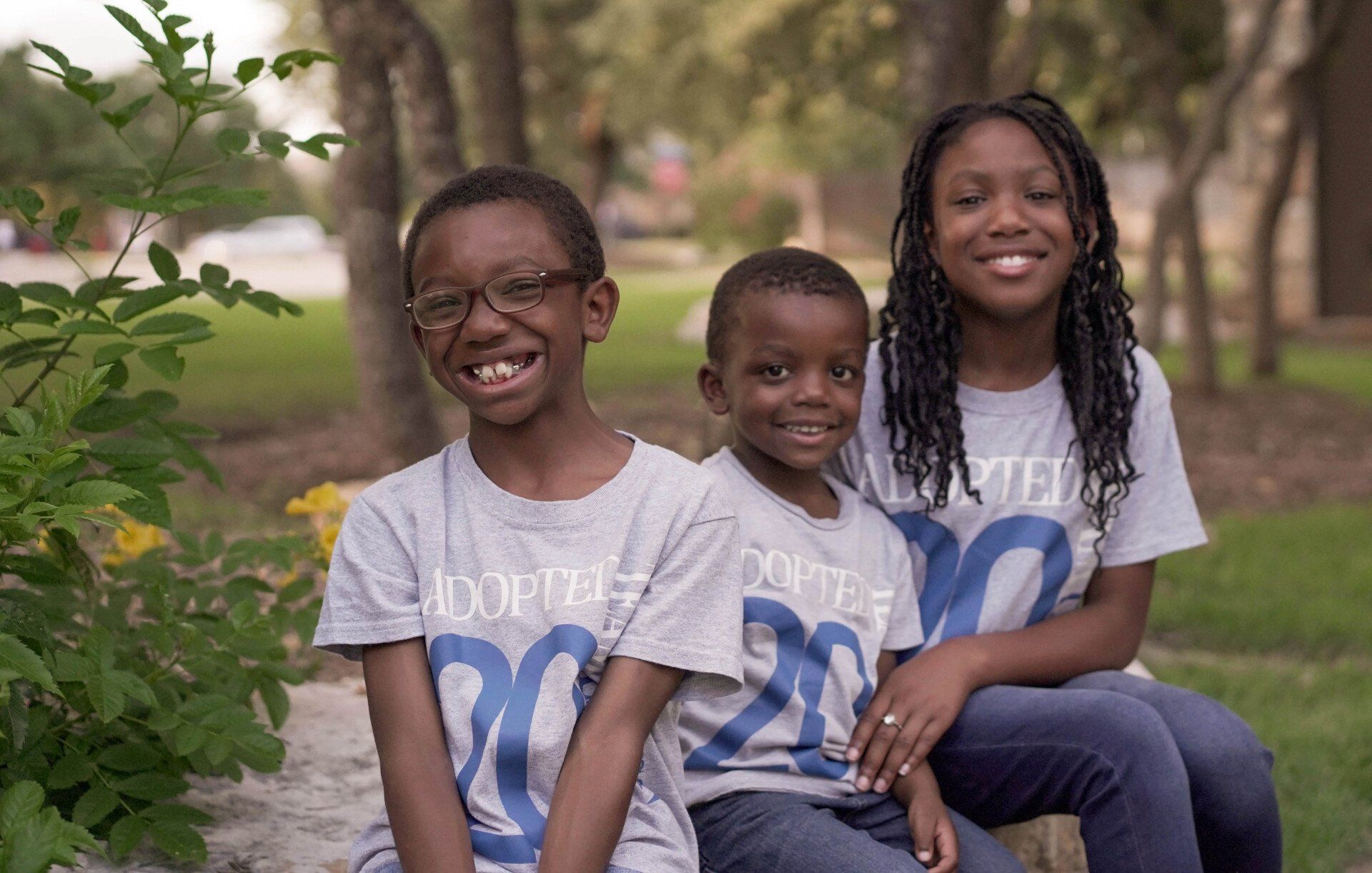Story of Hope: Carol Wratten
Advocate Impact Story
I began working with CASA in 2017 and recently completed my fourth assignment. The case ended this past week with the children reunifying with their mother after a year and a half. This was the best outcome for both Ms. Smith and her children. While there sure are lots of challenges for them in the future, their situation is much improved from the time of removal, and I am hopeful about the future of these beautiful children.
I have found each of my CASA cases challenging in its own way. This one was especially so because my effectiveness was dependent on my ability to establish a relationship with the children’s biological mother. Ms. Smith is a vulnerable, wounded young woman who has a very hard time trusting anyone. She is often openly hostile in situations when she is uncomfortable. Initially she could only see the differences between us and believed that I was there to judge her. She resented my involvement with the children and voiced many times that she wished I did not have the ability to see her children.
The children- Jonas (7), Maise (4) and Coty (2) were placed back with Ms. Smith 6 months ago after their fourth placement broke down. At that time the children were confused, defiant of authority, and acted out frequently. The oldest child was withdrawn, had been easily drawn into fights at the Children’s Shelter and did not make friends. The other 2 children had also been difficult to manage and were experiencing delays in speech and other developmental milestones.
When the children were placed back with their mother Ms. Smith initially refused to let me visit with the children at all. This was very disappointing as I had spent a lot of time with the children during the previous 6 months and really wanted them to know that I was a reliable source of support for them. I seriously considered withdrawing from the case as I didn’t see how I could be effective in my role.
My supervisor and the CPS worker (Marla) both encouraged me to hang on. Marla and I had been a good team up until this point. I had spent a lot of time with Marla when she was first assigned to this case and communicated with her regularly. I was able to give Marla details about the children’s progress (or regression) not present in her records and help her with when she first took over this case as the third CPS worker. I was able to visit with various people involved with children and alert her to things that needed to be addressed like breakdowns in continued services- counseling and ECI- when the children changed placements.
I continued to reach out to Ms. Smith and accompanied Marla on a visit to the home. The children were excited to see me, and we had a great visit. After that Ms. Smith did permit visits in their home, though she still would not allow me to take the children out or visit Jonas at school. I saw the children every few weeks and was able to help celebrate their birthdays, read books, play games, take walks, and interact with extended family members present during these visits. I could see that back with their mother the children’s behavior gradually improved. Jonas began first grade and was making friends. Maise was learning her colors and shapes and Coty’s speech was improving, though still delayed.
Ms. Smith was overwhelmed at first with the demands of 3 active young children as well as her lack of social support and precarious financial situation. Over the last 6 months she has begun to become more confident in herself with the reassurance and accountability provided by her mother, CPS worker and church and me. It is always hard to walk away from a vulnerable family knowing that problems persist. I am hopeful for them and grateful for the support of my supervisor in encouraging me to stick it out to see the hope.









